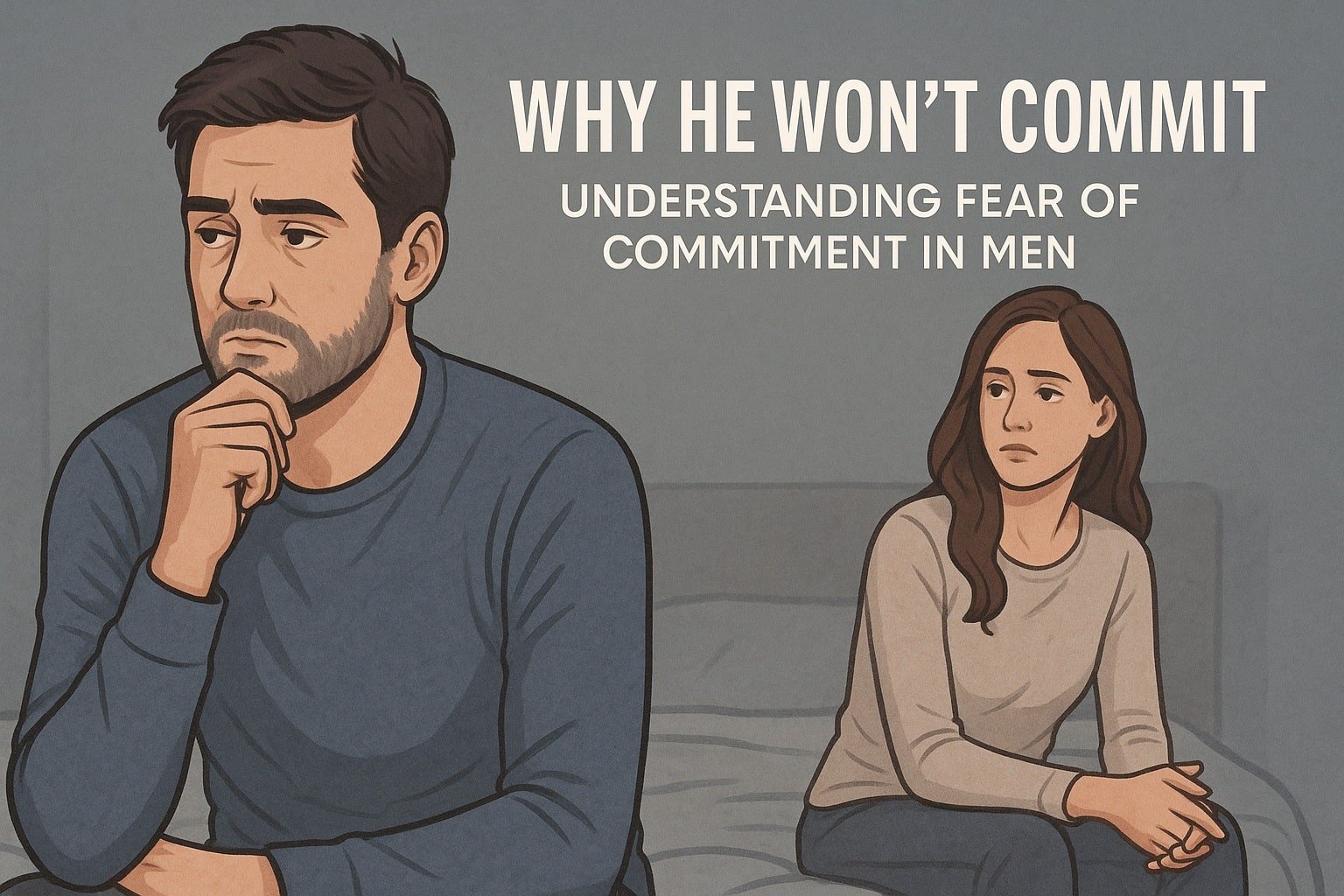The 5-Year Relationship Slump: Why Many American Couples Break Up After Five Years
In the United States, many couples seem to hit a rough patch after five years together. It’s a phenomenon often referred to as the “five-year relationship slump.” But why do American couples break up after five years? What changes during this stage of a long-term relationship that leads to emotional distance, unresolved conflict, or even divorce?
This blog dives deep into the causes of breakups after five years in American relationships, exploring psychological, social, and lifestyle factors. Whether you’re in a relationship or looking to understand the trends, this article sheds light on what causes couples to split after half a decade together.
Understanding the Five-Year Relationship Breakdown
What Is the Five-Year Slump?
The five-year slump refers to a point in many relationships—especially in marriages or long-term commitments—where emotional satisfaction starts to decline, and common relationship problems become more prominent. This period is not necessarily the “end,” but rather a critical turning point that many couples fail to navigate.
Top Reasons Why American Couples Break Up After Five Years
1. Emotional Burnout and Lack of Growth
By the fifth year, partners often fall into a routine. While stability is good, it can lead to emotional stagnation. Emotional burnout in relationships happens when:
-
Communication becomes minimal or robotic
-
Shared goals are no longer aligned
-
There’s a lack of romantic gestures or appreciation
Couples who fail to grow emotionally together often start feeling disconnected, leading to a breakup.
2. Unresolved Conflicts Accumulate Over Time
One of the leading causes of breakups in long-term relationships is unresolved conflict. Disagreements that are never fully addressed can resurface later with more intensity. By year five, these problems may include:
-
Financial disagreements
-
Disputes over parenting (if applicable)
-
Household responsibilities
-
Career priorities
If these issues are constantly swept under the rug, relationship resentment builds up, increasing the risk of separation.
3. Mismatch in Long-Term Goals and Lifestyle
When couples first get together, they often compromise or overlook major life goals. But after five years, those goals come to the forefront. Common mismatches include:
-
One partner wants children, the other doesn’t
-
Career aspirations differ
-
One wants to settle down, the other still craves adventure
This goal misalignment becomes difficult to ignore, pushing couples apart.
4. Decreased Physical Intimacy
A decrease in physical or sexual intimacy after a few years is normal—but when it drops drastically, it may signal deeper issues. Lack of intimacy often correlates with:
-
Stress or depression
-
Poor communication
-
Unspoken anger or emotional distance
Many American couples cite sexual dissatisfaction as a reason for ending long-term relationships.
5. Infidelity or Emotional Affairs
Statistically, the risk of infidelity rises when partners feel neglected or unfulfilled. After five years, some individuals seek validation outside the relationship. Whether it’s a physical affair or emotional cheating, this often marks the breaking point.

Psychological Factors Behind the 5-Year Breakup Pattern
Relationship Psychology and the “Disillusionment Model”
Psychologists suggest that many couples experience a “honeymoon period” in the early years. After about five years:
-
The initial novelty wears off
-
Expectations become more realistic
-
Flaws become more visible
According to the disillusionment model, once the emotional high fades, many partners realize they’re not as compatible as they believed.
Societal Pressures Unique to American Relationships
High Expectations of Romantic Fulfillment
American culture places strong emphasis on individual happiness and self-growth. If a relationship no longer feels fulfilling, there’s less societal pressure to “stick it out.”
Career-Driven Culture
Many Americans prioritize career success, especially during their late 20s to mid-30s. If work becomes a central focus, the relationship may suffer due to:
-
Time constraints
-
Geographic relocation
-
Emotional unavailability
How to Prevent a Breakup After Five Years
1. Regular Communication and Emotional Check-ins
Having weekly or monthly check-ins to discuss emotions, goals, and concerns can help couples reconnect before issues escalate.
2. Couples Therapy or Coaching
Seeking a professional therapist or relationship coach can be a game-changer. Many couples wait too long before asking for help, but early intervention can prevent separation.
3. Reignite Intimacy and Romance
Physical and emotional intimacy doesn’t have to fade. Simple gestures like date nights, thoughtful surprises, and open conversations about needs can rebuild closeness.
4. Aligning Goals Early On
Discussing future aspirations regularly helps prevent long-term misalignment. Reassess goals yearly to ensure you’re still on the same path.
Real-Life Statistics: Divorce and Breakup Trends in the U.S.
| Relationship Duration | Common Issues Leading to Breakup | U.S. Trend |
|---|---|---|
| 1-2 Years | Infatuation fades, unmet expectations | 35% break up |
| 3-5 Years | Communication issues, lifestyle mismatches | 45% break up |
| 5+ Years | Emotional disconnect, parenting conflicts | 50%+ divorce rate after year 5 |
FAQs: Why Do Couples Break Up After 5 Years?
Q1: Is it normal for relationships to change after five years?
Yes. Emotional, physical, and psychological shifts occur over time. Change is natural, but how couples respond to it determines the outcome.
Q2: What is the average duration of a relationship before breaking up in the U.S.?
The average relationship in the U.S. ends after 2 to 5 years if not nurtured, especially among unmarried couples.
Q3: Can therapy help couples stay together after five years?
Absolutely. Couples therapy can address deep-rooted issues and help partners reconnect, rebuild trust, and communicate effectively.
Q4: What age do most American couples break up?
Breakups are most common between the late 20s and early 30s, especially when couples start facing lifestyle and career pressures.
Final Thoughts
The five-year mark in relationships is not necessarily doomed—but it does require awareness and effort. By understanding why American couples break up after five years, individuals can take proactive steps to strengthen their relationships. Whether it’s improving communication, aligning long-term goals, or seeking help early on, every relationship can survive the five-year slump—with commitment and care.







